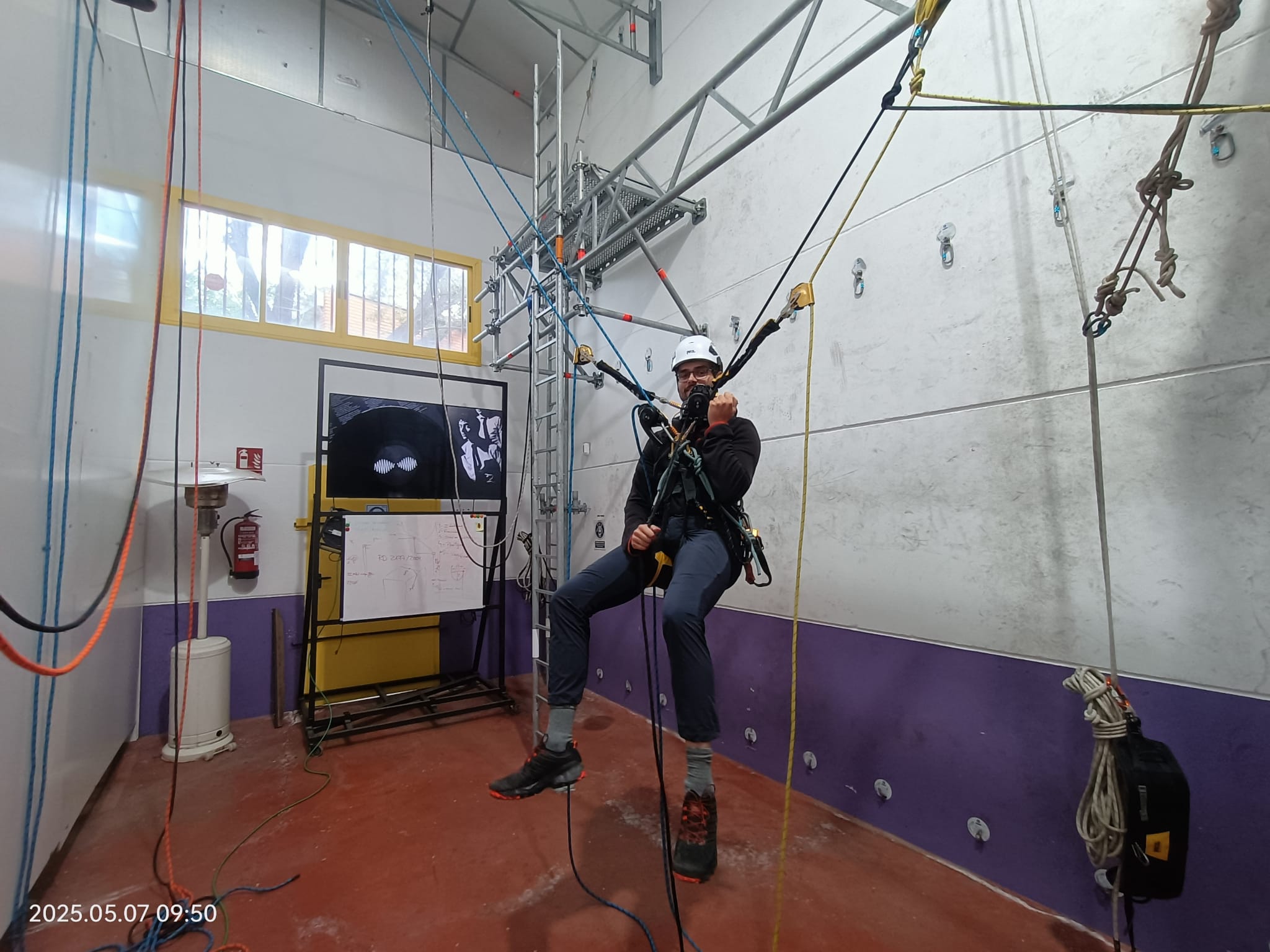Descubre qué es un BESS, sus beneficios, riesgos de incendio por reflejos térmicos y cortocircuitos, y cómo prevenirlos con un Plan de Autoprotección de Incendios Forestales especializado.
What is a BESS?
In recent years, Battery Energy Storage Systems (BESS) have gained significant importance in the global energy field. These systems stand out as an advanced and versatile technology that allows electrical energy to be stored and released when necessary.
BESSs are used in a variety of contexts, from supporting the electrical grid to supporting critical systems in industrial and commercial facilities, demonstrating their wide potential to transform the current energy landscape.
Benefits of a BESS
As has been suggested, BESSs offer numerous benefits, such as stabilizing the electrical grid, managing energy, reducing costs by storing energy when prices are low and releasing it when they are high, and improving the reliability of the power supply by providing backup power in critical applications.
The components of a BESS are mainly energy management systems (EMS), that is, software and hardware that control the charging and discharging of batteries, optimizing their performance and extending their useful life. They also have inverters that transform direct current into alternating current, cooling systems to maintain the optimal temperature and, of course, batteries, which are the heart of the system, where energy is stored. These batteries can be lithium-ion, lead-acid, etc. and this is precisely where the greatest fire risks reside.
Risks of a BESS
The main fire hazards associated with BESS are caused by overloads and overheating. On the one hand, overcharging batteries can generate excessive heat, leading to a fire. On the other hand, batteries that operate at temperatures higher than recommended can quickly degrade and, in extreme cases, catch fire as well.
In addition, this thermal overflow is an almost uncontrollable chain reaction phenomenon that can cause strong explosions with an exothermic reaction (up to 1000°C), releasing flammable gases such as hydrogen and toxic fumes.
Internal or external short circuits, as well as thermal leaks, can also occur when a battery cell overheats and triggers a chain reaction affecting adjacent cells, causing fires. In addition, electrolytes and other internal components of batteries can be highly flammable, aggravating thermal leakage.
Physical damage to batteries or errors in the Energy Management System can also be causes of fires.
In short, the main fire risks in a BESS include overcharging and overheating, thermal overflow, short circuits and physical damage to the batteries or errors in the energy management system.
Prevention Measures
To mitigate these risks, it is essential to implement rigorous safety measures such as continuous monitoring to detect and respond quickly to any anomaly, automatic fire extinguishing systems suitable for the type of battery used, the use of fire-resistant construction materials and the design of facilities with insulated compartments to contain possible fires, as well as regular maintenance to ensure that all components of the BESS are in optimal condition.
From Ideas MedioAmbiental, we also recommend the correct location of the BESS within the facility, the creation of firewalls and security strips free of vegetation around the BESS and the rest of the facilities, and the maintenance of vegetation and land management in the facility to prevent the spread of fires to the surrounding environment.
Development of the Forest Fire Self-Protection Plan for a BESS
The best way to capture all these measures is to develop a Forest Fire Self-Protection Plan for a BESS. This plan must include a detailed description of the facility, the protective measures to be implemented, the personnel training measures, the available technical and human resources, and the integration of this plan into other higher-level plans for proper coordination. Implementing a Forest Fire Self-Protection Plan for a BESS not only guarantees the safety of the facilities, but also protects the environment and ensures the continuity of the electricity supply.
If you need a Forest Fire Self-Protection Plan for a BESS, do not hesitate to contact we.
Cover photo credit: Three Mill Bay Fire Company Inc.
Ideas we share
What we really think. 0% spam contamination


.avif)


.avif)




